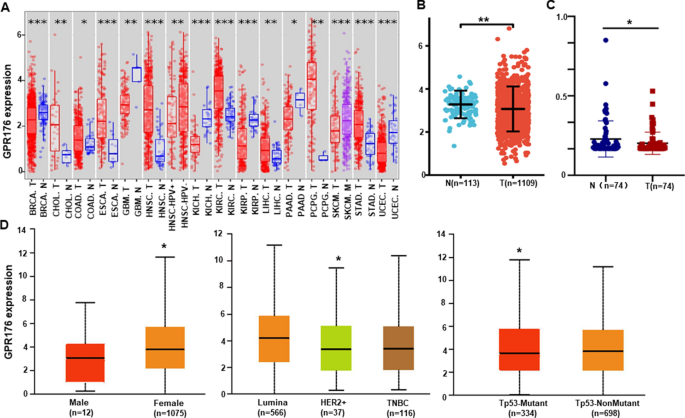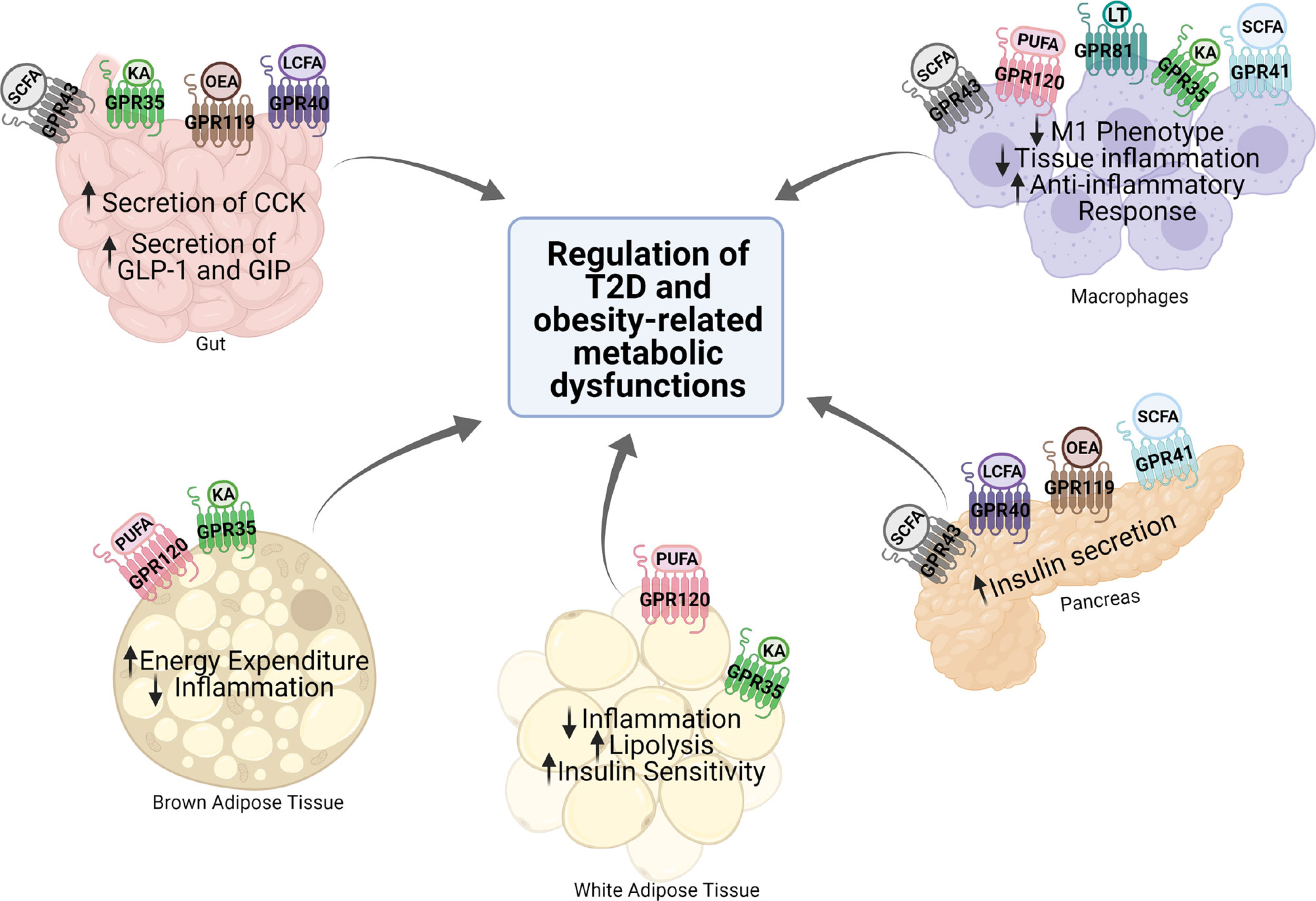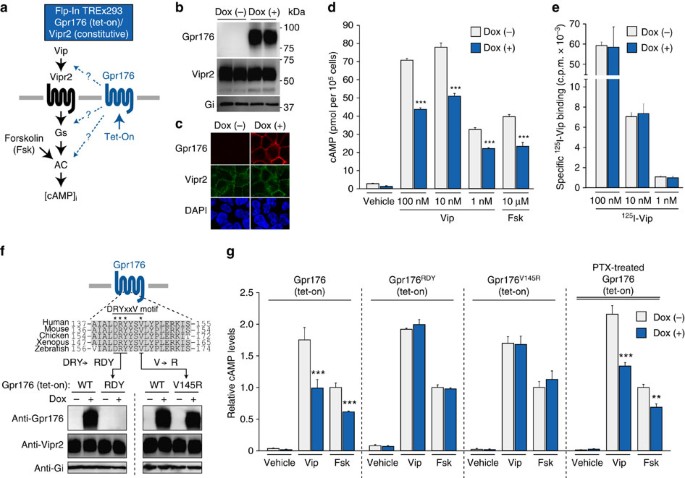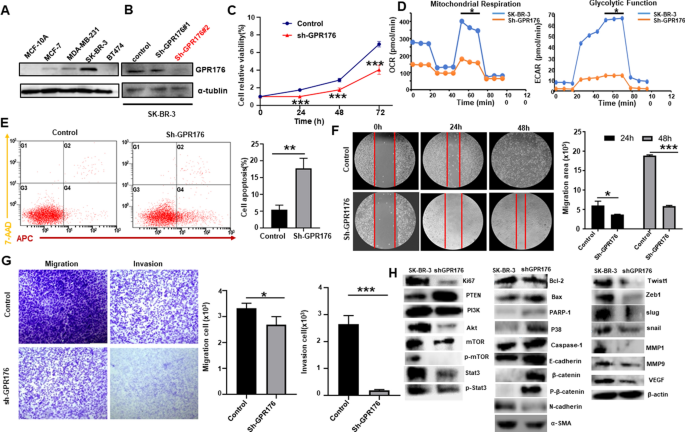Identification and functional characterisation of N-linked glycosylation of the orphan G protein-coupled receptor Gpr176
Por um escritor misterioso
Descrição

Analysis of the role of N-linked glycosylation in cell-surface expression, function and binding properties of SARS-CoV-2 receptor ACE2

G-protein-coupled receptor signaling through Gpr 176 , Gz , and RGS 16 tunes time in the center of the circadian clock

Analysis of the role of N-linked glycosylation in cell-surface expression, function and binding properties of SARS-CoV-2 receptor ACE2

Oncogenic roles of GPR176 in breast cancer: a potential marker of aggressiveness and a potential target of gene therapy

Identification and functional characterisation of N-linked glycosylation of the orphan G protein-coupled receptor Gpr176

Frontiers Metabolic Functions of G Protein-Coupled Receptors and β-Arrestin-Mediated Signaling Pathways in the Pathophysiology of Type 2 Diabetes and Obesity

Post-Translational Modifications of G Protein–Coupled Receptors Control Cellular Signaling Dynamics in Space and Time

Gpr176 is a Gz-linked orphan G-protein-coupled receptor that sets the pace of circadian behaviour

PDF) Identification and functional characterisation of N-linked glycosylation of the orphan G protein-coupled receptor Gpr176

Oncogenic roles of GPR176 in breast cancer: a potential marker of aggressiveness and a potential target of gene therapy

PDF] The role of N-terminal glycosylation in the human oxytocin receptor.
MC2R N-glycosylation sites. A, Sequence alignment of the first 30 aa of

Oncogenic roles of GPR176 in breast cancer: a potential marker of aggressiveness and a potential target of gene therapy

IJMS, Free Full-Text
de
por adulto (o preço varia de acordo com o tamanho do grupo)







